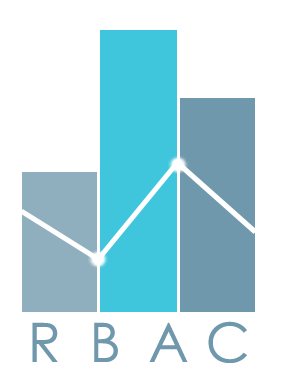 While the tech giants such as Amazon, Google, Apple, IBM, and Microsoft have been investing in AI technology for years, the question is whether 2017 is the year when we begin to see more mainstream adoption. While the marketing hype will be everywhere and we’ll definitely see advancements in 2017, the technology will not reach a tipping point this year. A recent Forrester survey found that while 58% of companies were researching AI, only 12% were actually using AI systems. While we won’t see the wide-spread adoption of artificial intelligence technology for a few years, that doesn’t mean you shouldn’t start preparing your organization for an AI-powered future today. In many cases, it might be just the type of competitive advantage an industry disruptor needs to get a leg up on slower-moving competition.
While the tech giants such as Amazon, Google, Apple, IBM, and Microsoft have been investing in AI technology for years, the question is whether 2017 is the year when we begin to see more mainstream adoption. While the marketing hype will be everywhere and we’ll definitely see advancements in 2017, the technology will not reach a tipping point this year. A recent Forrester survey found that while 58% of companies were researching AI, only 12% were actually using AI systems. While we won’t see the wide-spread adoption of artificial intelligence technology for a few years, that doesn’t mean you shouldn’t start preparing your organization for an AI-powered future today. In many cases, it might be just the type of competitive advantage an industry disruptor needs to get a leg up on slower-moving competition.
As your company advances its analytics maturity and capabilities, you’ll see increasing AI augmentation as you progress up through the analytics levels. (image/Brent Dykes)There are many different levels to analytics, starting with descriptive analytics (reports, dashboards) and diagnostic analytics (drill-downs, ad-hoc queries), which focus on understanding the past. The next three levels turn their attention to the future and are increasingly augmented by AI technology. While the potential of predictive, prescriptive or cognitive/autonomous analytics is exciting, there’s some essential groundwork that’s needed at the lower levels. If your company hasn’t mastered the basics of analytics yet, it’s fallacious to believe you skip ahead with AI and without a solid analytics foundation.
Source: Crawl With Analytics Before Running With Artificial Intelligence
